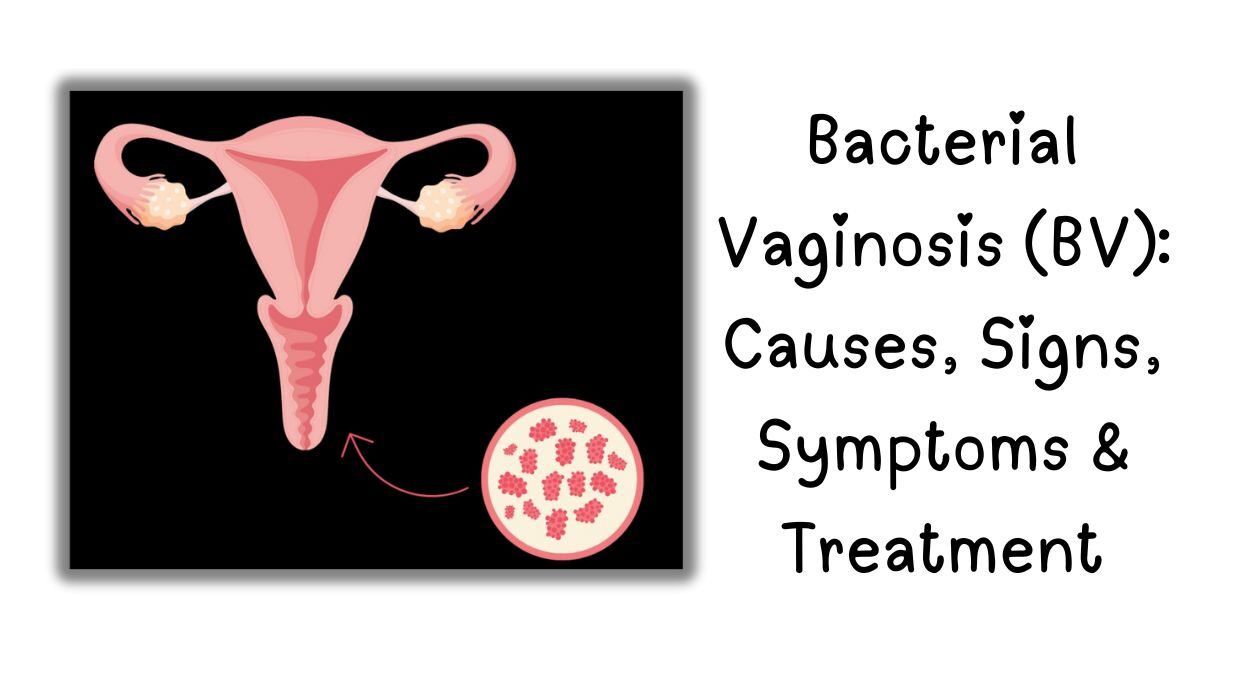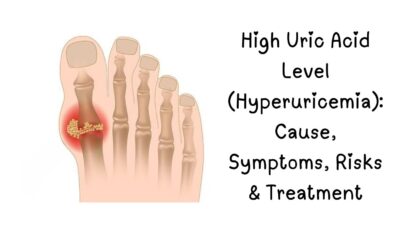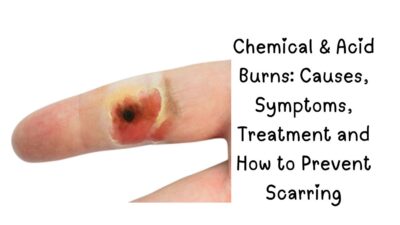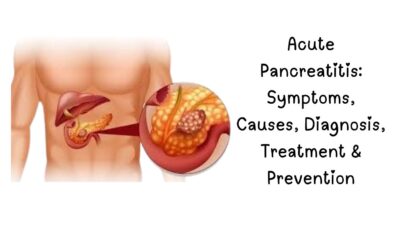What Is Bacterial Vaginosis (BV)?
Bacterial vaginosis (BV) is a common vaginal infection caused by an imbalance of bacteria in the vagina. Normally, “good” bacteria (lactobacilli) keep “bad” bacteria (anaerobes) in check. When harmful bacteria overgrow, it leads to BV.
Key Facts About BV
✔ Most common vaginal infection in women aged 15–44.
✔ Not an STD, but linked to sexual activity.
✔ Often causes a fishy odor and unusual discharge.
✔ Can increase risk of STDs & pregnancy complications if untreated.
Table of Contents
Symptoms of Bacterial Vaginosis
Many women with BV have no symptoms, but common signs include:
🔹 Thin, gray, white, or greenish discharge
🔹 Strong fishy smell (especially after sex)
🔹 Vaginal itching or burning
🔹 Pain when peeing (less common)
BV vs. Yeast Infection
| Symptom | Bacterial Vaginosis (BV) | Yeast Infection |
|---|---|---|
| Discharge | Thin, gray/white, fishy odor | Thick, white, cottage-cheese-like |
| Odor | Strong fishy smell | Usually no odor |
| Itching | Mild or none | Intense itching & irritation |
| Burning | Sometimes when peeing | Common during sex & peeing |
| OTC Treatment | No (requires prescription) | Yes (antifungal creams) |
Causes & Risk Factors of BV
The exact cause is unknown, but these factors increase your risk:
✅ Sexual activity (new/multiple partners)
✅ Douching (disrupts vaginal bacteria)
✅ IUD use (may alter vaginal pH)
✅ Pregnancy (hormonal changes)
✅ Antibiotics (kill good bacteria)
✅ Lack of condom use
Myth Buster: You can’t get BV from swimming pools, toilet seats, or casual contact.
How Is BV Diagnosed?
Doctors diagnose BV through:
- Pelvic exam – Checks for abnormal discharge.
- Vaginal pH test – BV raises vaginal pH (above 4.5).
- Whiff test – Adding KOH to discharge produces a fishy smell.
- Microscopic exam – Looks for “clue cells” (bacteria-coated cells).
Top 5 Signs of Bacterial Vaginosis
- Fishy-Smelling Discharge
- A strong, unpleasant odor (especially after sex) is the #1 sign of BV.
- Often described as a “rotten fish” smell.
- Thin, Grayish-White Discharge
- Unlike a yeast infection (which has thick, white, clumpy discharge), BV discharge is:
- Watery
- Gray or white
- Sometimes foamy
- Unlike a yeast infection (which has thick, white, clumpy discharge), BV discharge is:
- Increased Vaginal Discharge
- Many women notice more discharge than usual.
- The discharge may coat underwear or be noticeable after wiping.
- Mild Itching or Irritation
- Unlike yeast infections (which cause intense itching), BV usually causes mild discomfort.
- Some women feel a slight burning sensation when peeing.
- No Symptoms at All (Silent BV)
- Up to 50% of women with BV have no symptoms but are still at risk for complications.
BV Treatment: Antibiotics & Home Care
Medical Treatments
🔸 Metronidazole (pill or gel) – Most common treatment.
🔸 Clindamycin (cream or suppository) – Alternative option.
🔸 Tinidazole (for recurrent BV) – Stronger antibiotic.
Important: Finish all antibiotics, even if symptoms disappear!
Natural Remedies (Supportive Care Only)
While not a cure, these may help:
✔ Probiotics (supports good bacteria)
✔ Boric acid suppositories (for recurrent BV)
✔ Avoiding douches & scented products
✔ Wearing cotton underwear
Warning: Never use hydrogen peroxide, vinegar, or yogurt in the vagina—these can worsen irritation!
Can BV Go Away on Its Own?
Sometimes, but treatment is recommended because:
⚠ Untreated BV increases STD risk (HIV, chlamydia, gonorrhea).
⚠ Linked to preterm birth in pregnant women.
⚠ Can lead to PID (pelvic inflammatory disease).
How to Prevent BV Naturally
✔ Use condoms (reduces bacterial transfer).
✔ Avoid douching (disrupts natural balance).
✔ Wipe front-to-back (prevents anal bacteria spread).
✔ Change tampons/pads frequently.
✔ Limit sex partners (lowers risk of imbalance).
FAQs About Bacterial Vaginosis
1. Is BV an STD?
No, but sex increases the risk due to pH changes.
2. Can men get BV?
No, but they can carry bacteria that contribute to BV in women.
3. Can BV come back after treatment?
Yes, 50% of women get BV again within 6 months.
4. Does BV affect pregnancy?
Yes, it can cause preterm birth & low birth weight.
5. Can I have sex while treating BV?
Avoid sex or use condoms until treatment is complete.
When to See a Doctor
🚨 See a healthcare provider if you have:
- Foul-smelling discharge
- Itching/burning that won’t go away
- Recurrent BV (3+ times a year)
- Pregnancy & BV symptoms



